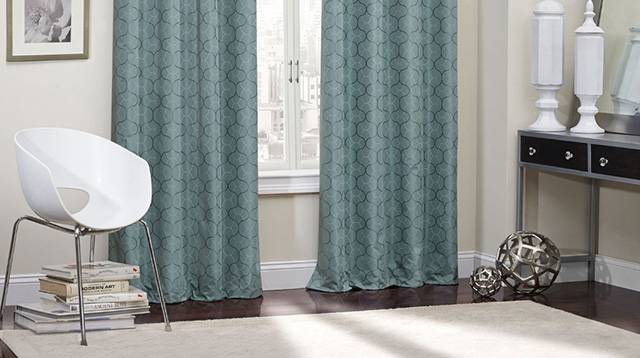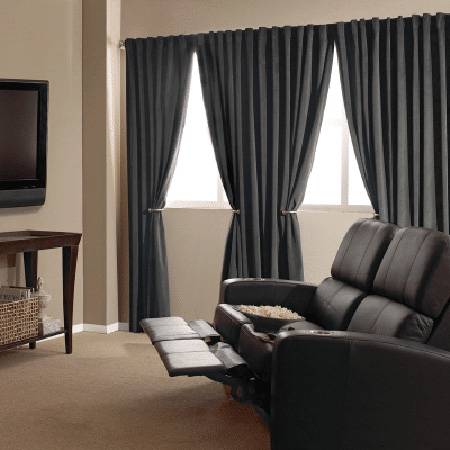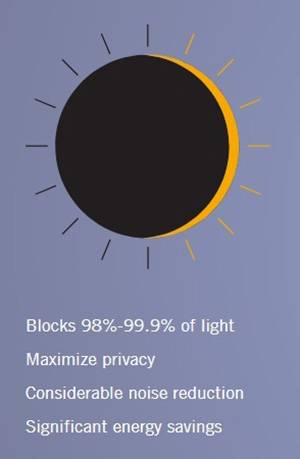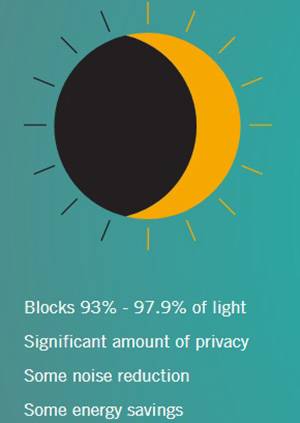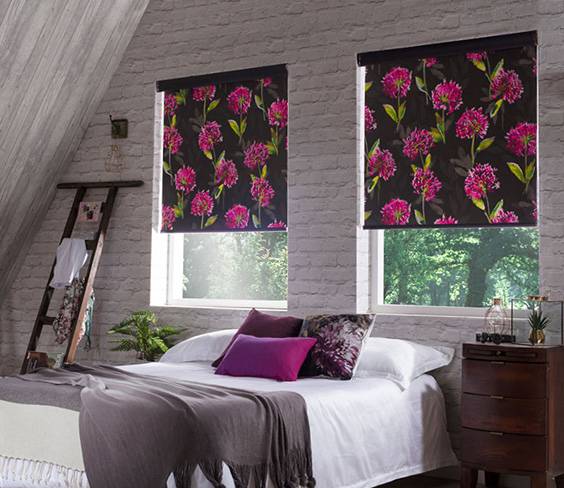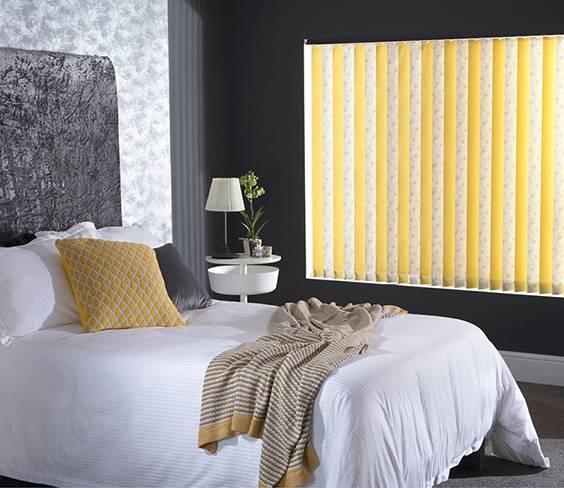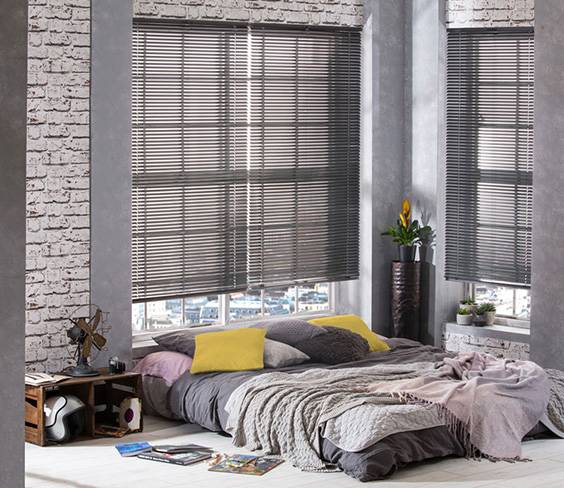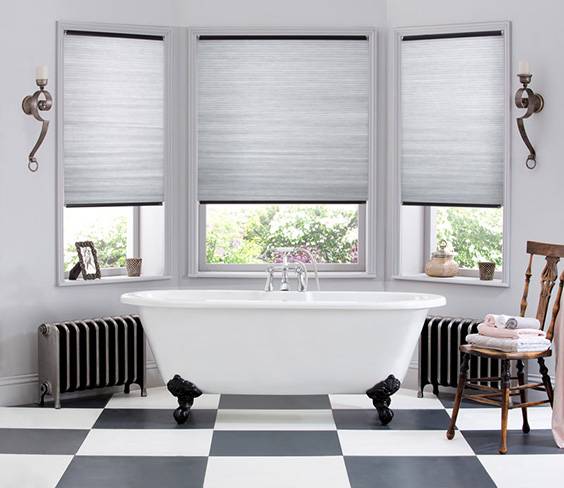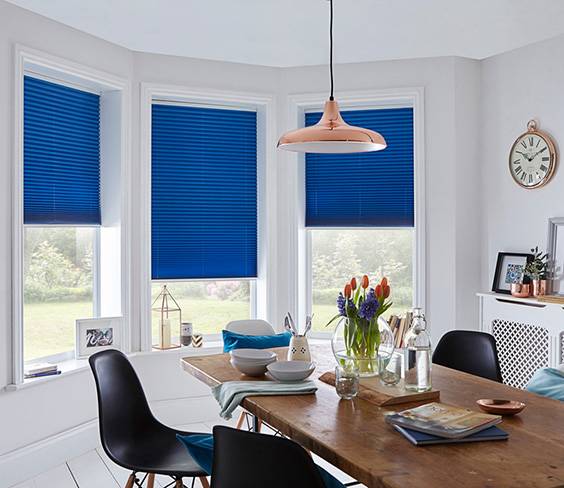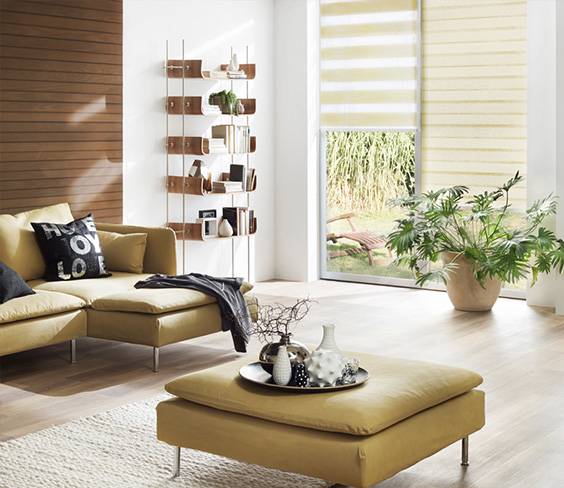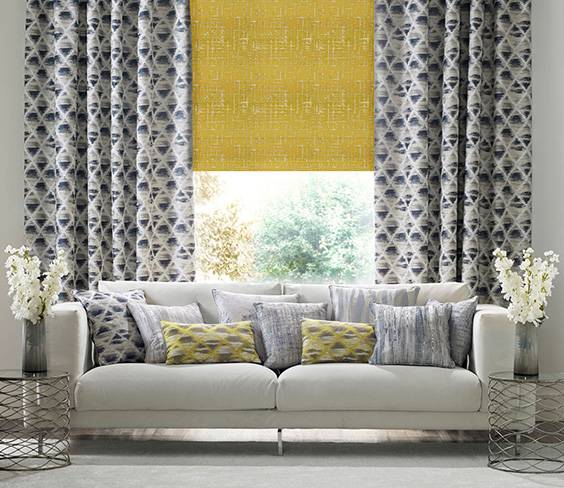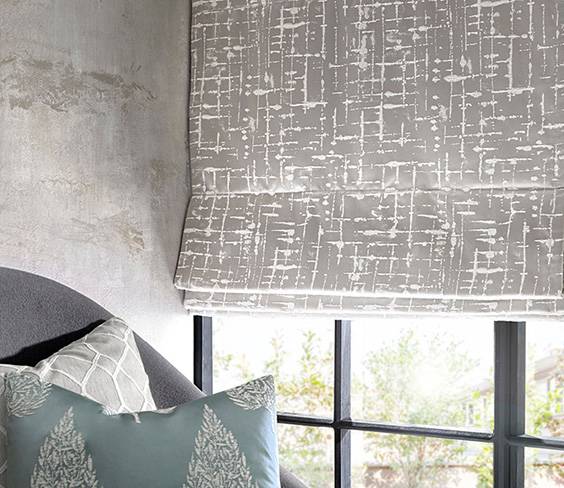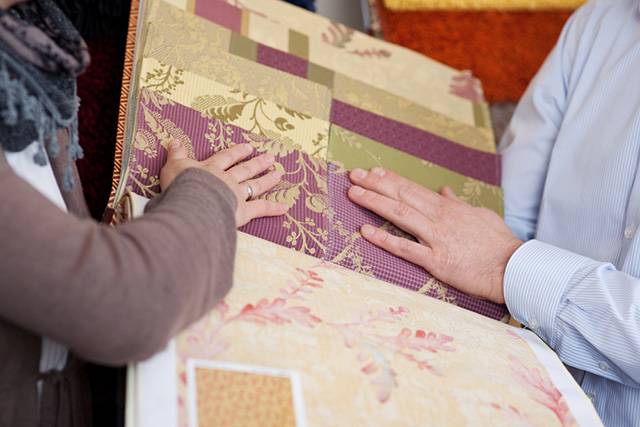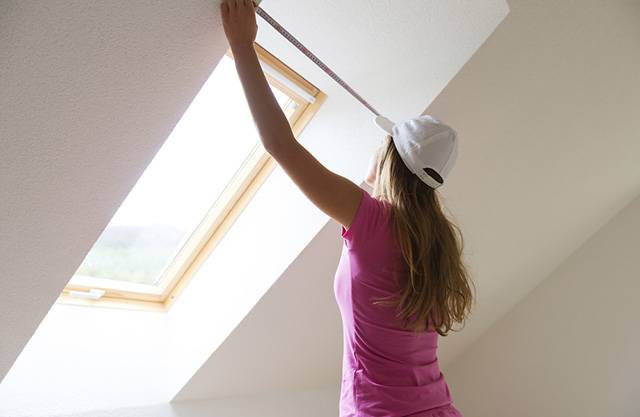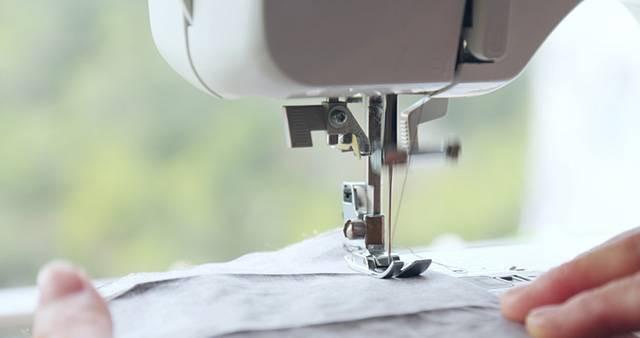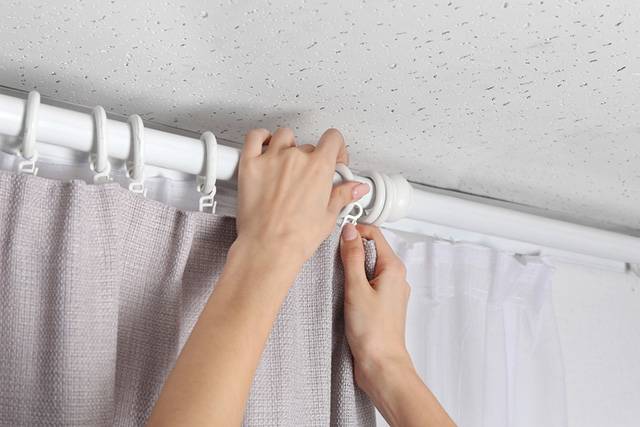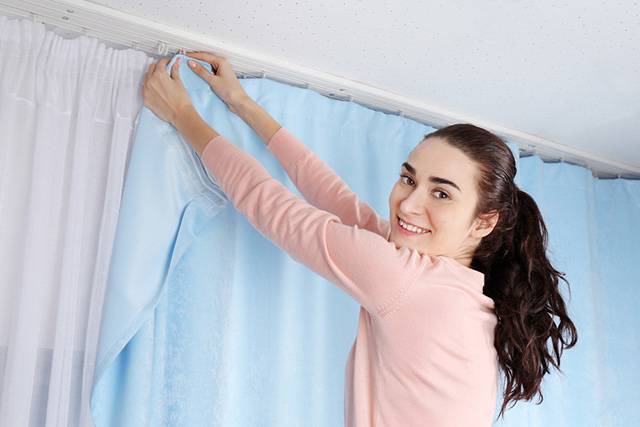Curtains are something many of us will have hanging in our homes. When you want to cover up the windows, you open your curtains. This keeps the light out and the room cool and dark. The act of opening the curtains is an act so simple that we barely recognize that we’re doing it most of the time.
We may not notice it, but curtains do a lot for us every day. There’s an upgrade you can make for your home, and that is to purchase eclipse curtains. These curtains perform much better than regular curtains, but still, express the elegance and simplicity of a curtain.
What are Eclipse Curtains?
Eclipse curtains are made with the goal to block out all sunlight throughout the day; not everyone is a morning person. You can either love the sunlight when it licks your skin, or you can absolutely hate it. For people who fall in the latter category, eclipse curtains are the ideal solution. They can protect you from the sun, keep the room cool and dark, dampen the sounds from outside, protect your furniture, and save energy!
There are different types of eclipse curtains that offer a different level of efficiency. Some people want all the sun’s rays blocked while others would prefer if just a little sunlight was stopped and the rest came in. Here are the different types of curtains you can see under the ‘eclipse’ label:
You might want to read: How to Soundproof a Bedroom
Absolute Zero
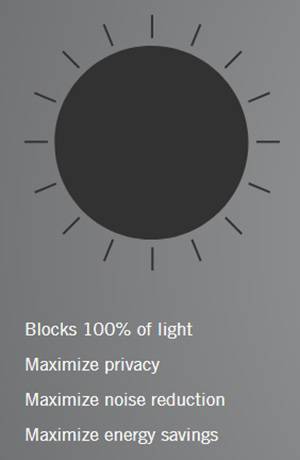
To promise this result, the absolute zero curtains has to be made of heavier materials. The side effect of this thick fabric is complete blockage from the outside world. Neither you nor the people can see what’s happening on either side of the curtain. No sound comes into the room and barely a whisper goes out. With no sunlight amplifying hot weather in the morning, you can save on your energy bill by leaving your curtains closed, and fans and air conditioners off. These curtains work spectacularly to turn the middle of the day into a nighttime setting.
Black Out
Blackout curtains perform in the same manner as absolute zero curtains to a lesser extent. Through the panel of the curtains, you will get some light, which could help you to determine the time of day. For your children’s room, living rooms, drawing rooms, this is the right choice. They can significantly darken the room while still allowing enough light through to navigate through your surroundings.
You still get impenetrable privacy, but there is a chance that you can hear muffled sounds from outside. These curtains can still help you reduce your energy bill at the end of each month with their thermal protection from the sun and heat.
You may want to read: The Best Blackout Curtains
Room Darkening
Room darkening curtains live up to their namesake; they darken the room that you place them in. They don’t black them out completely, but the light in the room will lessen significantly. About 93-97% of the light won’t make it into your room. You’ll get your privacy, but there is a chance of seeing silhouettes outside or inside. You will be able to hear identifiable sounds from outside, and the energy-saving qualities of these curtains aren’t as extreme as a blackout or absolute zero curtains. For lounges, playrooms, and kitchens, this kind of curtain is the right one. You’ll still receive circling light, but it won’t all make it into your room.
Light Filtering
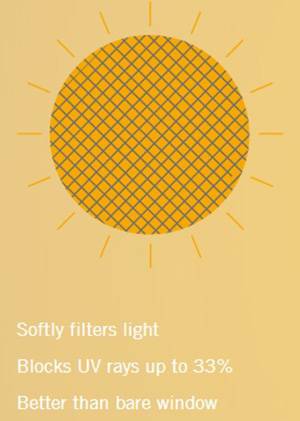
In rooms that don’t require maximum coverage from the outside world, these curtains are an appealing addition. Some people would rather brighten their living rooms, kitchens, and bedrooms instead of darkening them. If you want to get creative, you can layer your sheers over your other curtains for an aesthetic design and dual purpose.
Types of Curtains
With all of these eclipse curtains types kept in mind, it’s time to look at the type of curtain itself you can get your eclipse curtain styled as. There are many styles and they can all be placed in different rooms and places to give off a different look.
— Roller Blinds
Roller blinds have a pleasant, simplistic mechanism to them that adds to their elementary design. The casing which your curtain fabric wraps around is placed on the upper hanging over your window. To pull your curtain up or down, you would use the pull cord attached to the casing. Some fancier curtains are controlled with remote control, so you can pull your curtains up and down from the same spot on the sofa.
Roller blinds are practical and simple. They can go over just about any type of window. Big ones, small ones, door windows, skylights, slanted windows, they can fit and be fitted for the perfect touch.
— Vertical Blinds
Vertical blinds have a more sophisticated appearance than roller blinds, which is why you may see them in offices and workplaces. They can create a lighter and darker environment with the flick of a chain. The chain will slant and tilt them while the cord will pull the curtains open and closed.
Each line of fabric is an individual piece that can be slanted into place. All of these pieces are connected from the top and weighted on the bottom so they don’t fly out of place with passing winds. These curtains look best on larger windows such as patio and living room windows.
— Venetian Blinds
Venetian blinds are the horizontal brother to the vertical blinds. These blinds, rather than moving from one side to the other, move from the bottom back up to the top. In a way, they act the same as the roller blinds do, only they share a greater appearance with the vertical blinds.
They rotate as one up to 180 degrees to monitor the amount of light that makes it through your windows. One cord connected to all of the blinds will move them either up or down. The other cord will only tilt them up or down, leaving them hanging over the window for coverage.
— Hive Cellular Blinds
The hive cellular design is a unique one that also has the name honeycomb shades. Each blind piece is formed into a hollow hexagon. Each hexagon piece fits against the other one perfectly so no sunlight leaks through any spaces. Hive-shaped blinds give off a more enclosed appearance when you place them in a room. It’s hard to match hive cellular blinds with other blinds, so it’s best to stick to this type of blind if you have already invested in them.
They offer great protection against sunlight and have a unique fashion that transforms the feeling of an entire room. Match them with your interior design and you have stylized your room into a modern look.
— Pleated Blinds
Pleated blinds are cousins of the Venetian blinds. Instead of separate pieces placed horizontally over the window, pleated blinds are one piece of fabric folded into a zig-zagged pattern to cover up the sunlight.
Like the roller blind, it’s a very basic design that can be interpreted in almost any part of your house, expect door windows. They may be a little bit too much for such a small window.
— Mirage Blinds
Another name for mirage blinds are ‘day and night’ blinds. This blind takes a Venetian blind and a roller blind and mixes them into one piece. There are two layers to a mirage blind; and opaque layer and a sheer layer.
The front layer of this blind is the slats that can be tilted up and down to allow in a certain amount of light. The bottom layer is the extra provision to prevent further light infiltration. To cover up everything, simply tilt the slats until they all touch. This will cover even the sheer layer underneath. The curtain can be fully rolled up, partially rolled up, or rolled all the way down. Both fabrics go up and down at the same time.
— Curtains
Curtains are a classic when it comes to covering your windows. They are heavier than blinds, but they come with a style that simply cannot be compared with a blind. Curtains are one entire fabric piece that extends from the top of the window down to the bottom. A pull cord will pull the curtains open or you can do this manually. Since they are heavier, they usually do not come with a cord and you have to open and close your curtains by hand.
Eclipse curtains are always stronger than blinds since they are solid pieces of fabric rather than slats and pieces put together. Curtains don’t have the flexibility blinds have which can be troublesome for some people who don’t want only dark and only light. The best option in this case is to place blinds underneath the curtains.
— Roman Blinds
Roman blinds themselves come in many different styles, but they are based on a general mechanical idea; roman blinds fold up on underneath the other. A roman blind will have different layers folded one underneath the other. When you open the curtain, all the folds fall down. When you want to close the curtain, each fold goes back under the one on top of it until they are all tucked back up on the top of your window.
Roman curtains can be fabric or plastic, but they have to be one complete piece that folds in order to be identified as a roman curtain.
Technology Behind the Eclipse Curtain
There is something significant that makes eclipse curtains a completely different curtain from regular ones. This is the technology installed into the curtains during production. These techniques are used to make the curtain more effective at blocking the sunlight out of your room. Listed below are the types of technologies used in eclipse curtains to ensure they are sun-proof for your best benefit.
• ThermaLayer

While the multiple thermal layers are at work to keep your room dark, cool, noiseless, and comfortable, the outer layer is a clean, perfect solid color that adds fashionable flair to your room.
• ThermaWeave
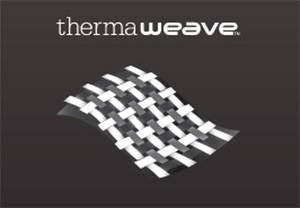
• ThermaBack

ThermaBack technology uses foam to create a thick impenetrable layer that captures sunlight and UV rays. With multiple pads of white foam, insulation, noise reduction, and energy efficiency of the curtain are all simultaneously increased. The foam binds entirely with the fabric for a clean finish.
• SheerFunction

Homemade Curtains
Some people are not in the mood to go out and buy new blackout curtains, which is fine. If you’re ready to be a little crafty, you can make your own blackout curtains at home! You may not get the same results from one that was bought in the store, but it sure does come at a cheaper price-tag and you get to customize your own however you like.
Step 1: Choose your Fabric
You have to choose the fabric you want to use to make your blackout curtains. If you want them to be plain, designed, white, black, or anything in between. Go to a fabric shop and purchase a roll of fabric. If you’re going to make a curtain for your window, it’s best to prepare for two curtains. (curtains typically come in pairs so one curtain is on the left and the other on the right)
Step 2: Measurements
It’s time to measure out how much fabric you need to make a curtain. Measure the rod over the window, and include one inch underneath the window to leave some extra hanging fabric. On both sides, you’ll want to leave a little bit of material as well so you don’t have rays peeking through the sides.
Most people would measure their window first and then go out and purchase their fabric, keeping their required amount in mind. You can now cut out your curtain with the measurements you took. If you have designed fabric, make sure you line the design, so you don’t have an uneven cut-out. The appearance of your whole curtain will be ruined if you forget to line up the design. Leave some material on each side to fold over so there’s a smooth clean edge to all the sides. On the top, leave some fabric for folds to put over the rod or through holes. If you’re sewing rings into the curtain, then measure the outer diameter of the ring as well as the inner diameter to get an idea of the fitting.
Step 3: Blackout Lining
Once you have created your top part of the curtain (the designed part you are going to see inside) the next step is to repeat steps one and two for your blackout material. You select the material you want to use and then cut it out in the same dimensions as the previous cut-outs. The blackout curtain cut-outs should be smaller than the first cut-outs since you are going to stitch the blackout fabric underneath the first one.
Step 4: Stitch it Together
First, you have to iron all of your pieces until the creases are all gone. Then you lay your pieces flat out on the floor. Place the designed fabric (or colored fabric) face-down so you can place the blackout fabric on the back. Using your measurements, fold the edges of the colored fabric first once one-inch in. This keeps the edges clean. Then fold the fabric again so it overlaps over the blackout lining. Using a sewing machine, stitch the pieces together.
Step 5: Install the Rings
You don’t have to install rings. Some people leave fabric so they can create loops over their rod or curtain pole. To install rings, you attach them to a clip and then attach that clip to the top of the curtain. Clip-on rings will ensure your curtain is easy to remove when it needs to be washed or replaced. You can even reuse the rings over and over with other curtains or use them for something else. Make sure you purchase rings that can fit around your pole.
After you have completed all of these steps, you now have a fresh set of eclipse curtains you can use in any room of the house! The next step is installation, which is a whole different situation.
Installing Tips for Your Curtains
Whether they are curtains that you made or bought, you want to install them on right. Curtain installation is a very straightforward topic; you have to ring the curtains through the pole above the window. There are, however, tips you can keep in mind while you do this to ensure your curtains get installed properly.
— Length of the Curtain Rod
The length of the rod should be longer than the width of your window. Doing this will promise that each time you close your curtains, all the light has been blocked out. You should get a rod that is 8”-12” wider than the actual window. This will make sure the sunlight is blocked from all possible angles.
— Height of the Curtain Rod
The curtain rod should be 4”-6” higher than the actual window since curtains are tall. Let your curtains hang so they lick the floorboards, not collapse lazily all over them. People can trip over them if they are lying about on the floor in front of the window. Nice and high will give you the appealing look of a straight curtain.
— Length of the Curtains
You never want the curtains to be a perfect fit over the window. This makes the room look small and tight, it’s not a comfortable feeling. Get a curtain that will hang well underneath the window and stretches past the window’s ledge span. This will not only ensure the window is completely covered but it will create a cozy, comfy feeling in your room. That is a feeling you want to have in your own house.
You may want to read: Best Eclipse Blackout Curtains for Your Bedroom
Final Thoughts
Eclipse curtains are extremely useful when it comes to helping your home. They can create a very appealing visage in your room which combines the whole room’s aesthetic together. Everyone knows it’s hard to find a perfect combination of decoration and furniture work as one. All of your hard work can then be protected from the sun’s damage through blackout blinds or curtains.
Though they are something we look over every single day, the importance of curtains is seriously undermined. The next time you open your curtains, think about how much you rely on them to hide you from the world and sunlight. Think about how they protect you and your room from the sun, and block the sounds of the outside world at night. If your curtains don’t do this for you, then eclipse curtains will.
